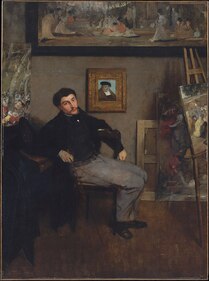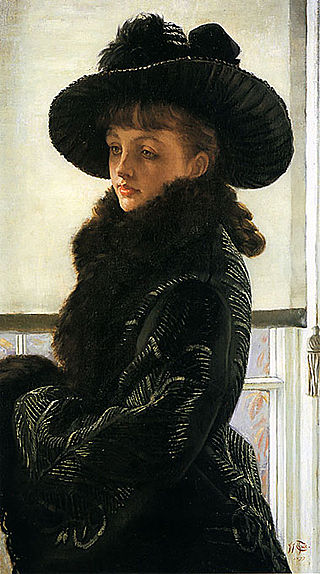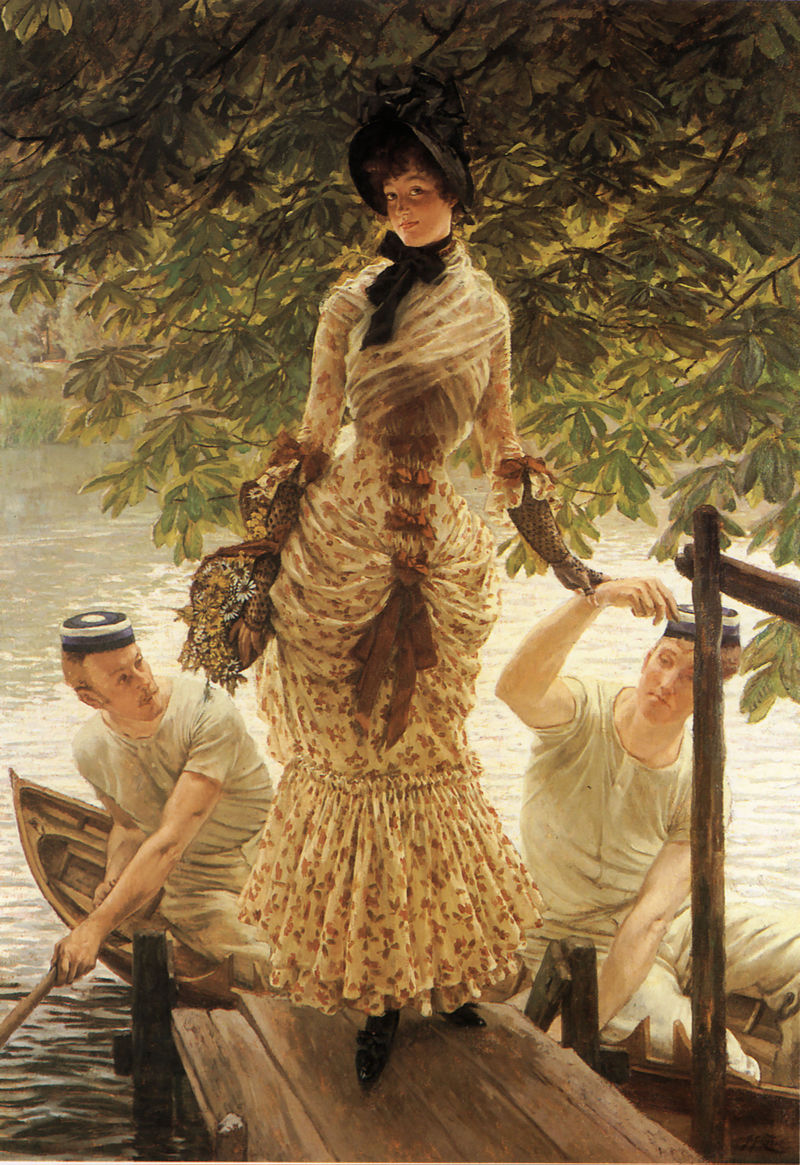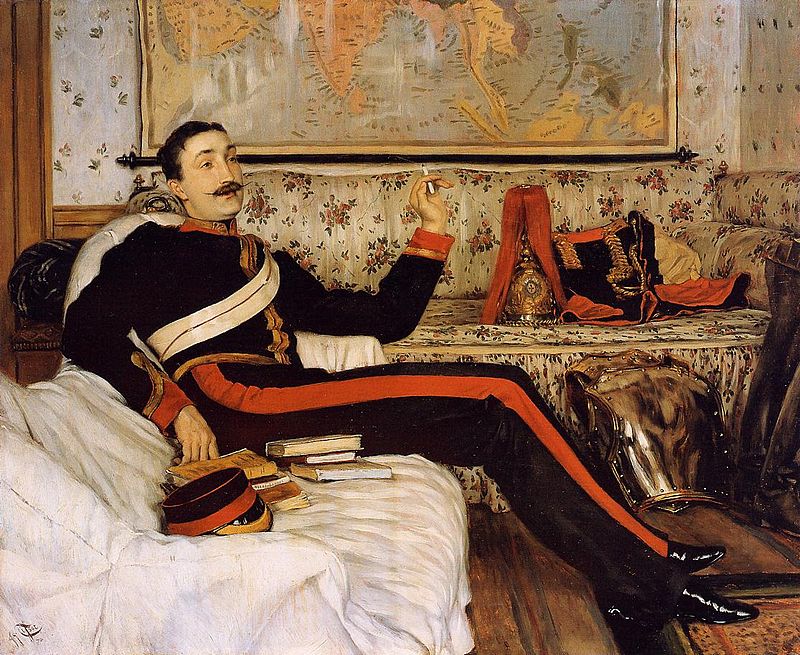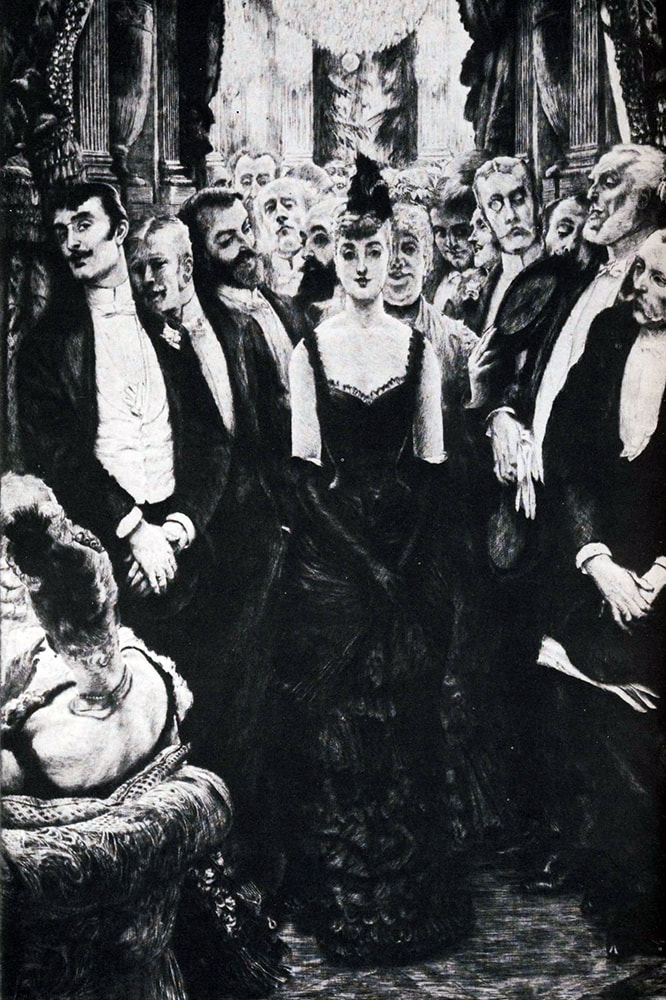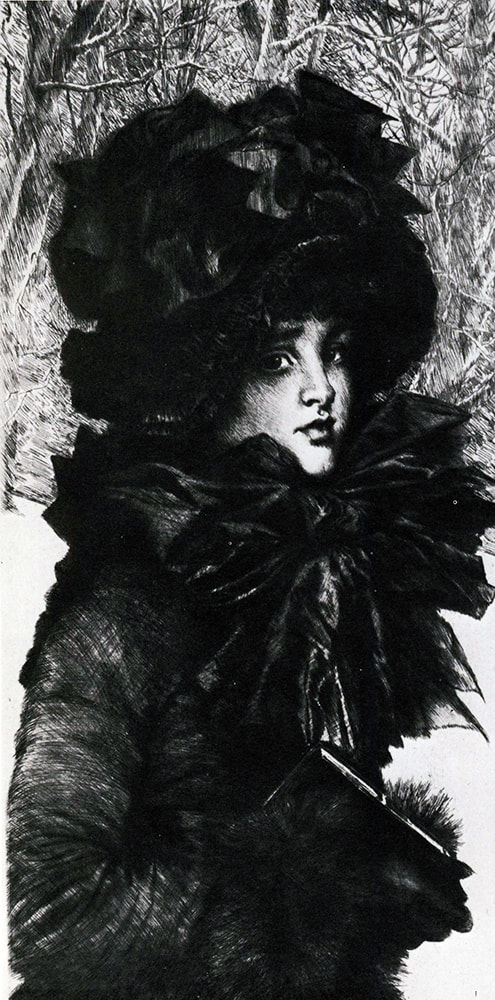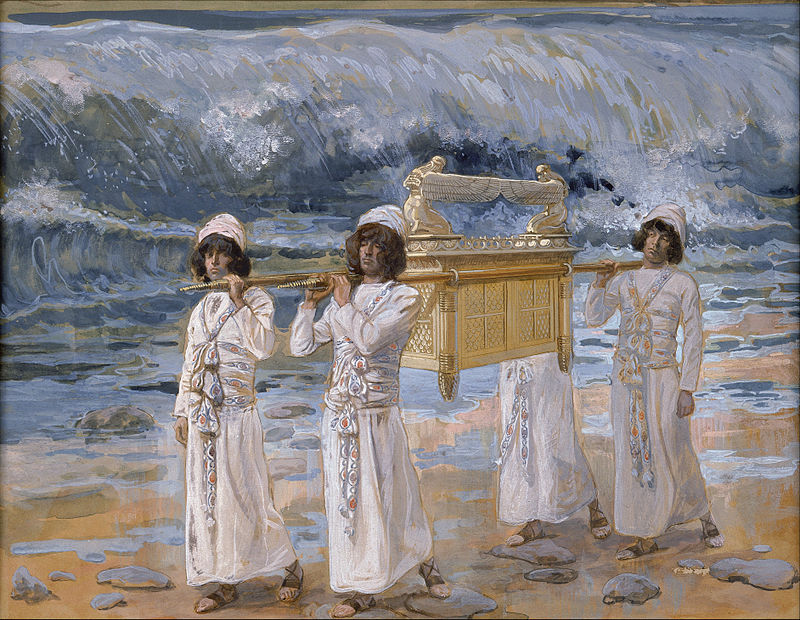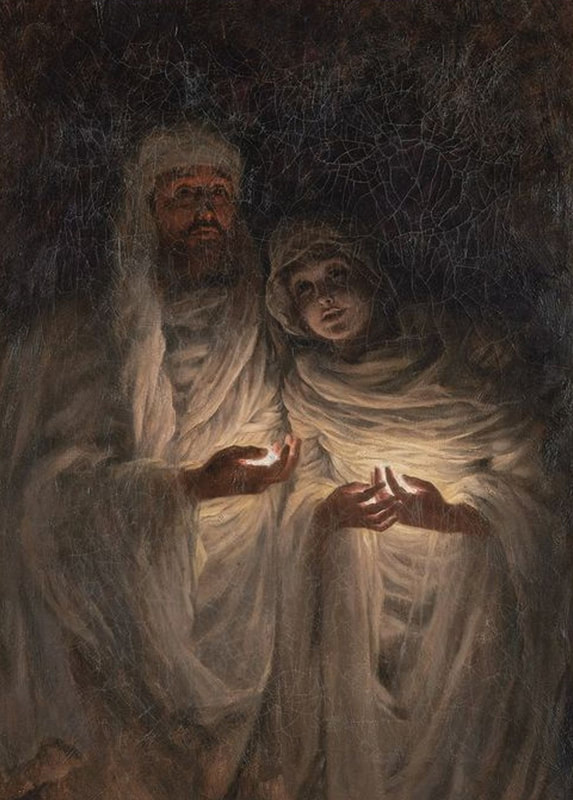An Appreciation:
|
Above: "The Mavoureen" - Kathleen Newton, Tissot's muse.
Tissot developed his reputation observing and chronicling the everyday lives of the French and English upper classes. Above: "The Captain's Daughter."
Below: "On The Thames." Tissot also did portraits such as the one of Guards officer Frederick Gustavous Burnaby (above).
Above: Tissot's depiction of the Ark of the Covenant by the Jordan river.
Above: "The Apparition" was based on a vision Tissot experienced during a séance.
|
Art appreciation - James Tissot
